From Ancient Sites to Modern Art
An enchanting blend of ancient and modern, Saudi Arabia’s cultural heritage is a treasure trove waiting to be explored. Saudi Arabia, a land where the sands of time have preserved millennia of human history, is a country rich in cultural heritage. From ancient archaeological sites that whisper tales of bygone civilizations to a burgeoning modern art scene that reflects a society in transition, Saudi Arabia offers a unique journey through time and creativity. This blog post explores the diverse facets of Saudi Arabia’s cultural landscape, inviting you to discover its historical depths and contemporary vibrancy.
Ancient Sites: Echoes of the Past
Al-Ula and the Nabatean Legacy
The rock formations of Al-Ula stand as silent witnesses to ancient civilizations.
Nestled in the northwestern region, Al-Ula is an open-air museum of ancient wonders. Home to Hegra (Madain Saleh), Saudi Arabia’s first UNESCO World Heritage Site, the area showcases monumental tombs carved into sandstone outcrops by the Nabateans over 2,000 years ago. The intricate facades and well-preserved inscriptions offer a glimpse into the architectural prowess and artistic sensibilities of this ancient civilization, which was contemporaneous with the builders of Petra in Jordan.
.webp)
Rock Art of Hail
Ancient petroglyphs in Hail depict human and animal figures, telling stories of prehistoric life.
The rock art in the Hail region, another UNESCO World Heritage Site, features petroglyphs dating back 10,000 years. These engravings and paintings provide invaluable insights into prehistoric life, depicting hunting scenes, fauna, and symbols whose meanings continue to intrigue archaeologists. The sites at Jubbah and Shuwaymis are outdoor galleries that connect visitors with humanity’s earliest expressions of creativity.
.jpg)
Diriyah: The Birthplace of the Saudi State
The mudbrick structures of Diriyah reflect traditional Najdi architecture.
Located on the outskirts of Riyadh, Diriyah is a historic oasis town that served as the original capital of the Saudi dynasty. The At-Turaif District, another UNESCO-listed site, features mudbrick palaces and buildings that exemplify Najdi architecture. Restoration efforts have transformed Diriyah into a cultural destination where visitors can explore museums, enjoy traditional performances, and dine in settings that evoke the 18th century.
.jpg)
Islamic Heritage: Sacred Cities
Mecca and Medina
The Holy Kaaba in Mecca is the most sacred site in Islam.
As the cradle of Islam, Saudi Arabia is home to Mecca and Medina, the two holiest cities for Muslims worldwide. While access to these cities is restricted to Muslims, their significance permeates the country’s cultural fabric. The annual Hajj pilgrimage draws millions, embodying a tradition that has been unbroken for over a millennium.
.jpg)
Islamic Architecture and Museums
Saudi Arabia’s commitment to preserving its Islamic heritage is evident in numerous mosques, madrasas, and museums. The National Museum in Riyadh offers extensive exhibits on Islamic history, art, and culture, featuring manuscripts, ceramics, and textiles that chronicle the spread of Islam and its contributions to world civilization.
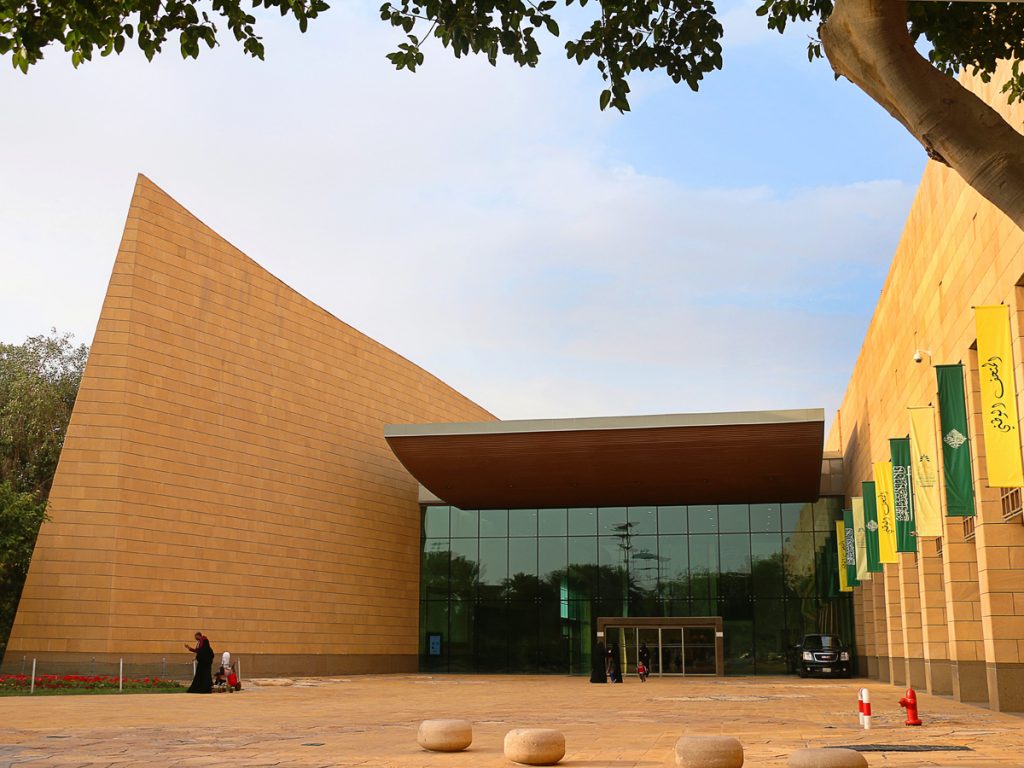
Modern Art: A Contemporary Renaissance
The Misk Art Institute
An exhibition at the Misk Art Institute showcasing contemporary Saudi artists.
Established by Crown Prince Mohammed bin Salman, the Misk Art Institute is at the forefront of Saudi Arabia’s cultural transformation. The institute supports emerging artists, organizes exhibitions, and fosters international collaborations. Events like the Misk Art Week highlight the dynamism of the Saudi art scene, featuring installations, workshops, and discussions that engage both local and global audiences.
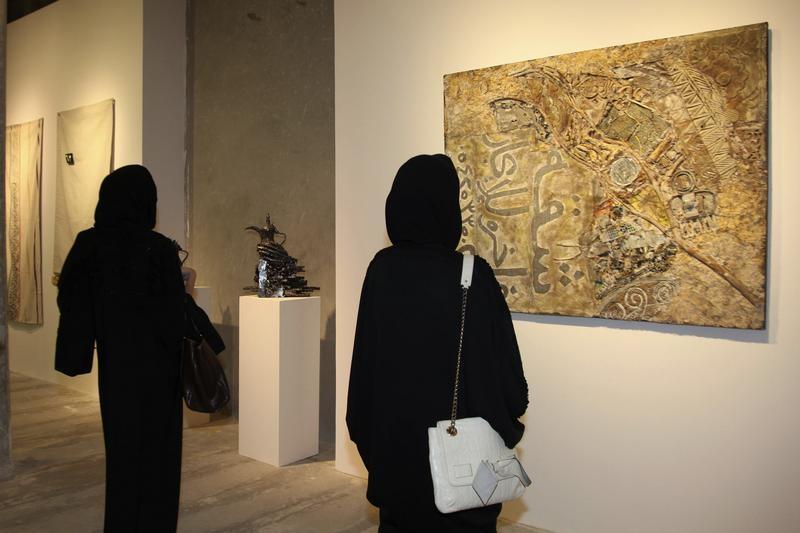
Jeddah’s Open-Air Gallery
One of Jeddah’s many public sculptures that blend art with urban life.
The coastal city of Jeddah is often referred to as an open-air art gallery. Along the Jeddah Corniche, a waterfront promenade, visitors encounter an array of sculptures by international and local artists. This public art initiative started in the 1970s, includes works by renowned figures like Henry Moore and Joan Miró, reflecting a long-standing appreciation for modern art in the city.
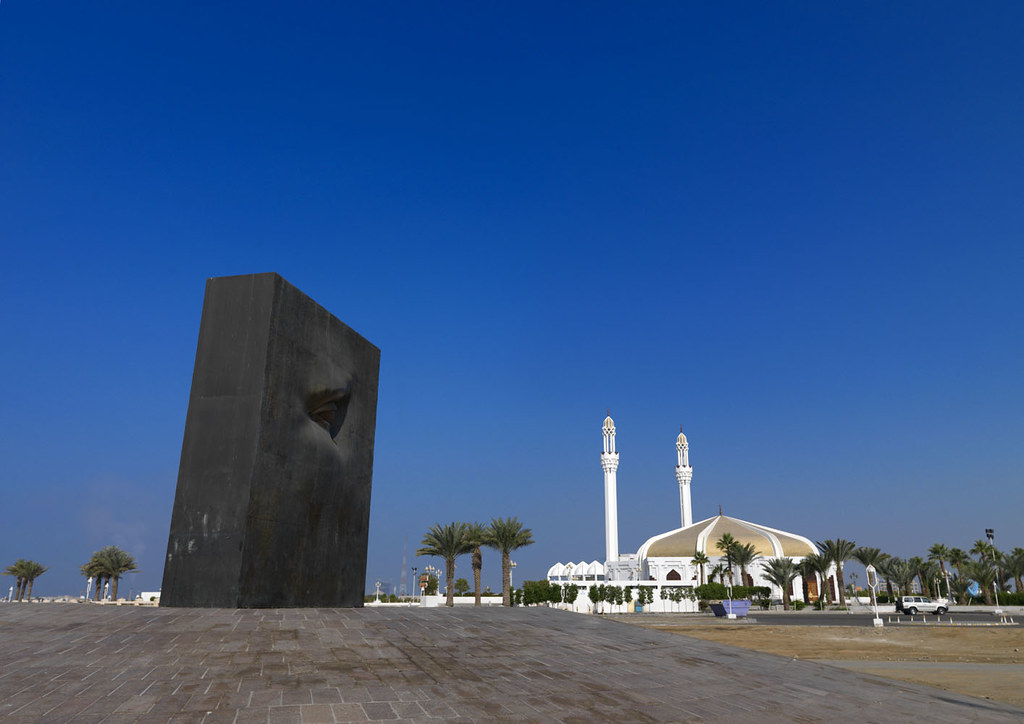
Contemporary Artists and Galleries
Saudi Arabia’s contemporary art scene is flourishing, with artists exploring themes of identity, tradition, and modernity. Galleries like Athr Gallery in Jeddah and Naila Art Gallery in Riyadh showcase cutting-edge works across various mediums. Artists such as Ahmed Mater, known for his conceptual pieces that delve into socio-political topics, and Manal AlDowayan, whose work often addresses women’s roles in Saudi society, are gaining international recognition.
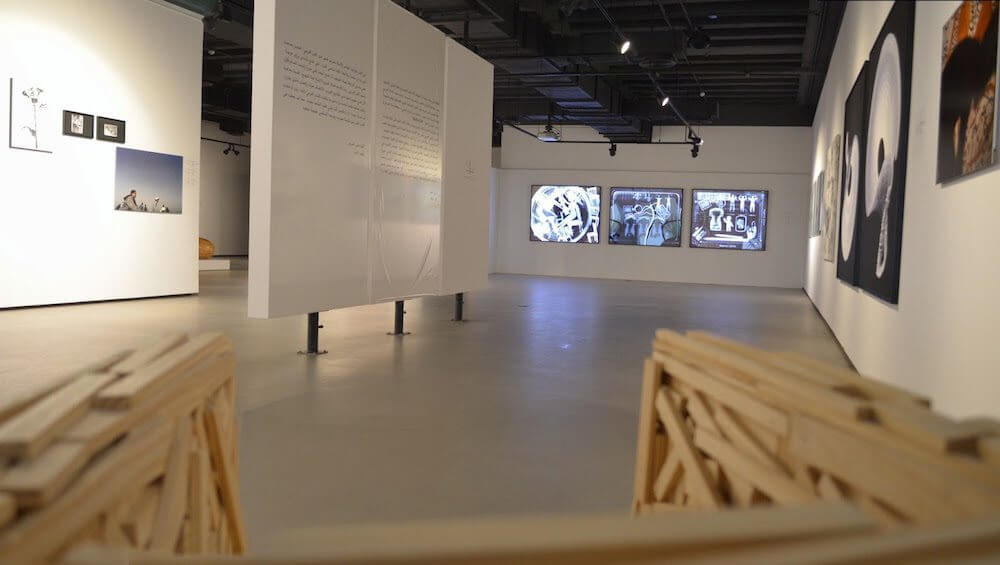
Cultural Festivals: Celebrating Heritage and Innovation
Janadriyah Festival
Traditional dances at the Janadriyah Festival celebrate Saudi Arabia’s diverse cultural heritage.
The Janadriyah National Festival is an annual event that celebrates Saudi Arabia’s cultural heritage. Held near Riyadh, the festival features folk dances, poetry readings, camel races, and crafts from different regions. It serves as a living museum where traditions are not only preserved but also experienced firsthand by visitors.
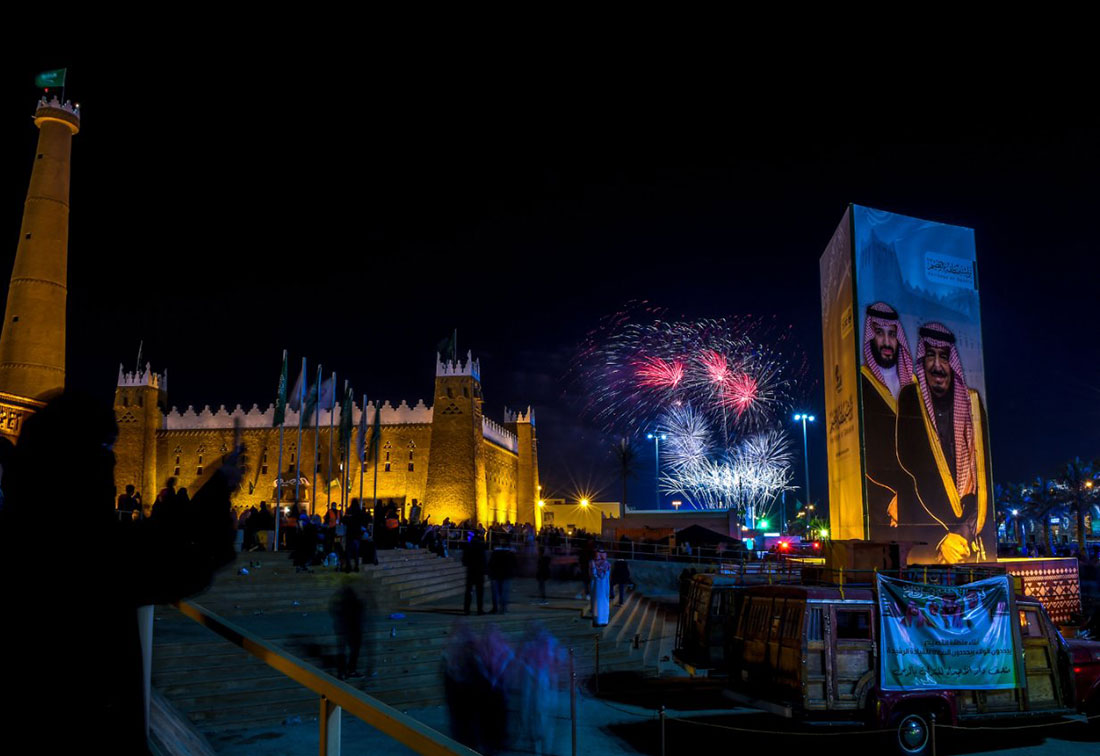
Riyadh Season and MDLBEAST
Music lovers gather at the MDLBEAST Festival, a symbol of Saudi Arabia’s evolving entertainment landscape.
Reflecting the country’s shifting cultural landscape, events like Riyadh Season and the MDLBEAST music festival represent a new era of entertainment. These events attract international artists and audiences, showcasing Saudi Arabia’s openness to global cultural currents while providing platforms for local talent.
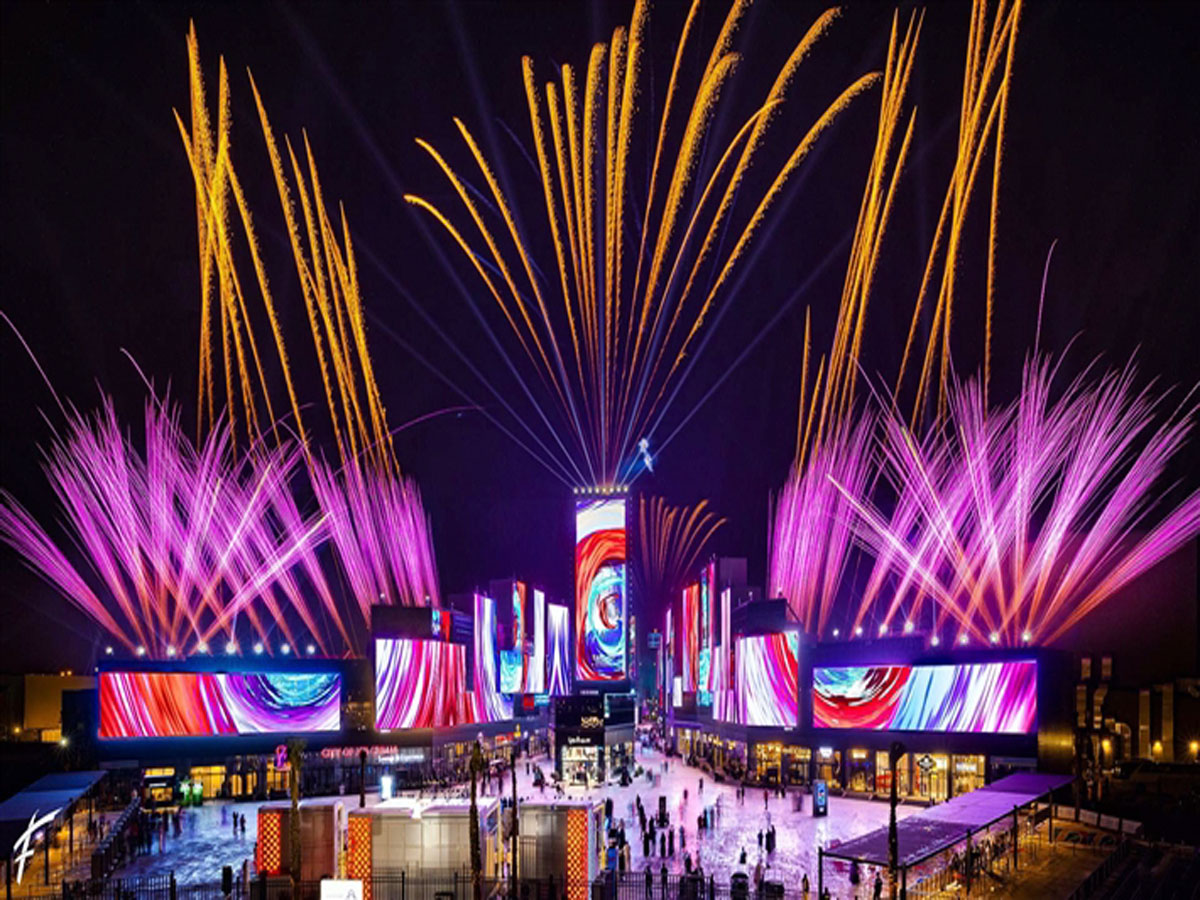
Conclusion
Saudi Arabia’s cultural heritage is a rich tapestry woven from ancient history and modern innovation. From the silent tombs of Hegra and the timeless rock art of Hail to the vibrant canvases of contemporary artists and the pulsating beats of modern festivals, the country offers a journey that transcends time. As Saudi Arabia continues to embrace its past while forging a new cultural identity, it stands as a destination where explorers can witness the unfolding of a unique narrative—one that honors tradition while eagerly anticipating the future.
